

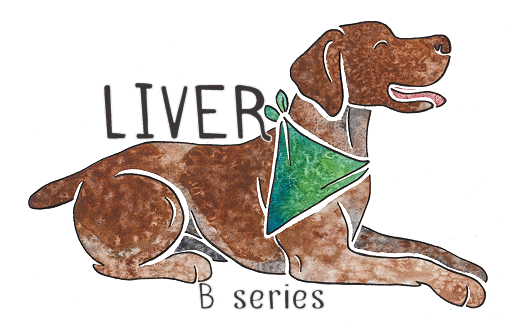

Already know what you're looking for? Quick Links |
| |
The Liver Gene
The liver gene occurs on the B locus, and causes a brownish colour. It's recessive, so b is liver and B is non-liver, and in order for
a dog to be liver it must have the genotype bb. This means that a liver puppy can be born from black parents if both are carriers of the liver allele (i.e. if
both are Bb then at least one pup in four will be bb - see the Breeding page).
The different pigment colour genotypes are:
The liver gene affects eumelanin (black pigment) only. All of the black in the coat will be turned to liver (brown) when a dog is bb on the
B locus. This includes saddles, shading, merle etc. It is genetically impossible for a liver dog to have even one black or grey hair in its coat, or for a black
or blue dog to have liver in its coat (although bronzing and seal may look a bit like liver). However, a liver dog may have some "red" (phaeomelanin) hairs depending on the K and A locus alleles present.
You may sometimes hear of liver dogs being described as "dilutes". Liver is not technically dilution, but just a different colour of eumelanin. Dilution in dogs is controlled by a separate locus and causes blue and isabella/lilac.
Liver also turns the nose brown and the eyes amber (or light brown). Sometimes a liver dog can also have a pink nose. See the nose and eye pages for more
information and examples.
The nose colour is usually the most reliable way to tell a liver from a black or blue. Sometimes dogs are born with only phaeomelanin (red) in their
coats (for example, sables or recessive reds), but these dogs will still have one of the eumelanin pigment colours - black, blue, liver or isabella. Every
single dog can be said to be genetically black, blue, liver or isabella, whether or not they have any in their coat. This
pigment colour will generally be visible in the nose leather. Black, blue, liver or isabella pigment simply means that IF a dog has eumelanin in its coat, it
will be that particular colour. If there is no eumelanin in the coat, there will, in most cases, be eumelanin in the nose and eyes, so the
pigment colour can still be identified. For dogs with pink (pigmentless) noses, you may have to look at the eyes instead.
Although we deal here with just the alleles b and B, it's actually been found that there are a variety of different recessive alleles that
cause liver, all located on the B locus. These are often labelled bc, bd and bs. Many breeds carry more than
one of these alleles, bs and bd being the most common, and bc being the rarer type. The alleles may be combined (e.g. one bc and one bd), but the resulting dog will still be liver. It's not thought that the particular
liver allele carried by a breed affects its actual colour, however. The differences in shades of liver are probably caused by other modifiers and/or environmental factors.
Examples of Livers
Isabella/Lilac
When a liver-pigmented dog also has the dilution gene, it becomes isabella (sometimes known as lilac). Isabella is the colour of Weimaraners, and is a pale, greyish brown. Any of the liver-pigmented patterns seen in the examples above can also come with isabella pigment. See the Dilution page for more information and examples.
"Red" and "Chocolate"
Sometimes liver is given different names. In the Labrador it's known as chocolate, and in some breeds it's known as red or brown. Liver merles
are also commonly called "red merles". "Red" is, in genetic terms, phaeomelanin, not eumelanin, so be careful when using terms such
as "red merle" and make sure you know what they actually mean. There is no such thing as an actual "red merle", because the merle gene does not
affect red pigment (phaeomelanin), only black, liver, blue and isabella (eumelanin). Sometimes liver dogs with tan points and white markings are also called "red tricolours" - again,
this can be misleading.
Liver Look-A-Likes
There is a dark shade of red (phaeomelanin) that can look very similar to liver. This colour is mainly found in gundogs such as the Irish Setter and Welsh Springer Spaniel.
These dogs can be distinguished from livers by their black nose pigment (although technically a dark red could have liver pigment - see below).
Also be careful not to mistake a solid black dog for a liver. Of course, this sounds silly - how could you mistake black for liver? Well
it's actually surprisingly easy to in longhaired breeds. When a black dog has long hair, the hair can turn a brownish shade, particularly if the
dog is outside for long periods of time. This is called bronzing, and has no genetic basis, but is purely environmental. In a photograph, bronzing can make it very difficult to tell whether a dog
is black or liver, but in the flesh, you should be able to tell by the nose colour.
Lastly, there is a patttern called seal that can make a dog look brownish. It consists of a black topcoat and a reddish undercoat, so when the undercoat shows
through the dog can look almost liver. At other times, the dog can look solid black. See the K locus page for more information on seal.
Cocoa
A gene has recently been discovered in French bulldogs that looks very similar to liver, but is on a different locus. This has been named as cocoa and assigned the locus "Co" (with alleles Co for non-cocoa and co for cocoa).
Cocoa is also recessive, so a visibly cocoa dog would be co/co. It's not yet known how cocoa interacts with true liver, but a dog heterozygous for each would unlikely show any liver or cocoa colouration. It can also be assumed that dilution acts on cocoa in the same way as on liver, although the resulting colour may look slightly different from usual isabella.
(Do you own a French bulldog that has tested co/co? Please submit your photos!) Quick Summary!
The B locus in dogs controls whether the dog is liver. Liver is recessive (b), so a dog needs two copies of the allele in order to be liver. If a dog is bb on the B locus then any and all black in its coat will become a brownish colour. Bb and BB have no effect. There are a number of different versions of the b allele, but all of them result in the same coat colour.
Liver can also be diluted by the D locus, to become isabella/lilac.
Brown in French bulldogs is caused by a different gene that works in a very similar way - cocoa (co locus) Further Info and Links
The gene causing liver in dogs is TYRP1 (Tyrosinase Related Protein 1). Similar mutations in the same gene are also responsible for brownish phenotypes in a variety of other species, including cats, rats, pigs and even humans. In most species, these mutations are recessive, although dominant and co-dominant brown alleles are not unknown. In cats, an additional recessive TYRP1 allele results in a paler phenotype similar to isabella in dogs, known as "cinnamon". No TYRP1 mutations have been found in horses yet.
TYRP1 in dogs is a modifier of eumelanin, not a dilution. A dilution gene affects the density of the pigment, resulting in a paler phenotype. TYRP1 instead changes the shape of the pigment molecules. The different shape means the pigment reflects light in a different way, causing a brown phenotype instead of black.
Links to studies:
** Please note that I am not a research scientist, and the information on this page comes from my own knowledge and observation of dogs, observational and testing data provided via e-mail by site visitors, any research papers linked on the page, and the information provided by Dr Sheila M. Schmutz on her excellent website http://homepage.usask.ca/~schmutz/dogcolors.html
All links are provided for advertisement and/or information purposes only, and I am not affiliated with any genetics testing labs or other companies.
For further genetics resources, see the Links page

BBdd or Bbdd - blue (non-liver, dilute)
BBDd or BBDD - black (non-liver, non-dilute)
bbdd - isabella (liver, dilute)
bbDd or bbDD - liver (liver, non-dilute)

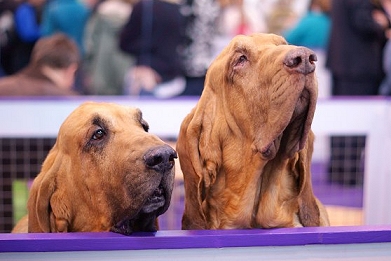
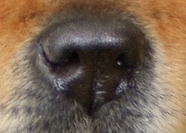
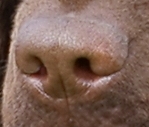
Black nose (left) and liver nose (right).


Brown eyes on a black dog (left) and amber eyes on a liver dog (right).

Make sure when testing a dog for liver that the lab you use tests for ALL of the known liver variants, or you may not get an accurate result.

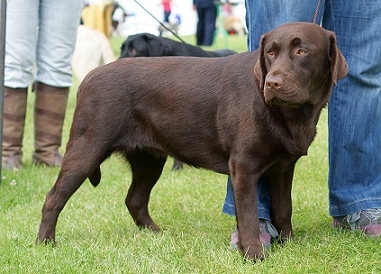
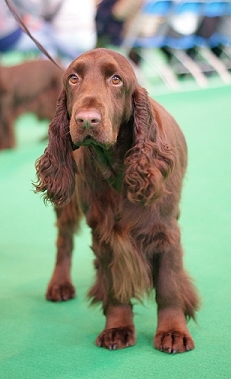
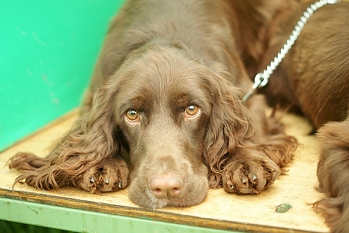
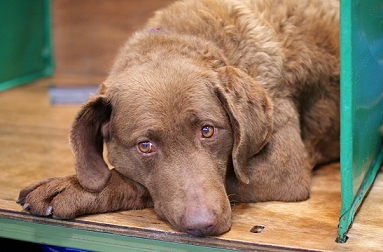
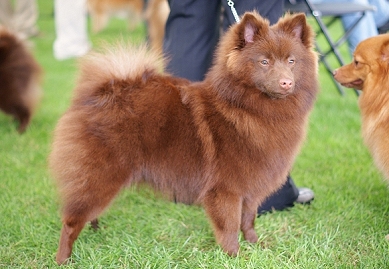
Solid liver.

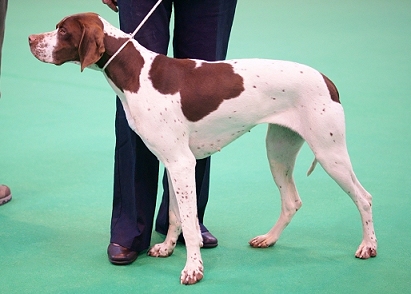
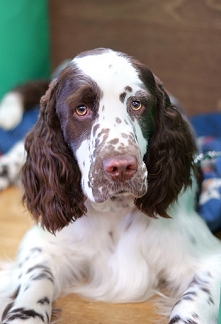
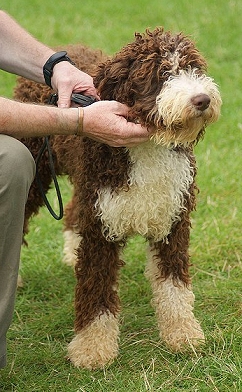
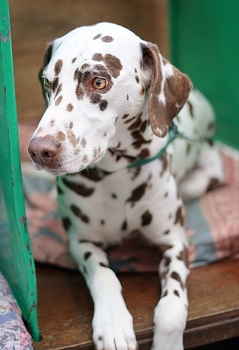
Liver with white markings. The Pointer is a liver piebald with slight ticking. The English Springer Spaniel has light to medium ticking on its legs and muzzle. The Dalmatian has liver spots, which are a modified form of ticking (see the Ticking page).

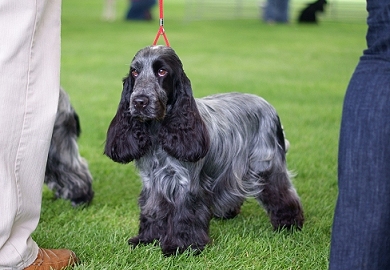
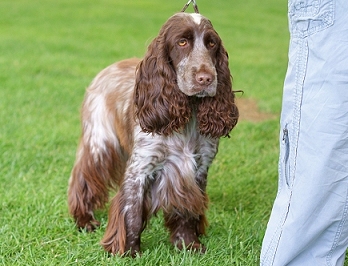
The two Cocker Spaniels shown here are an excellent example of the effect of the liver gene. Both are piebalds with roaning, but the dog on the left is a dominant black without the liver gene
and on the right is a dominant black with the liver gene.

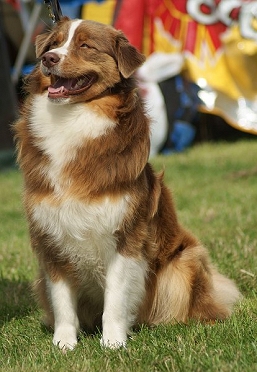

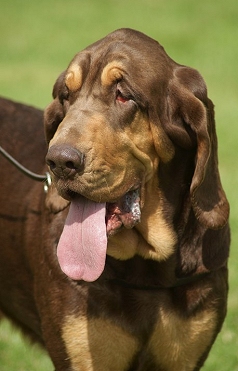
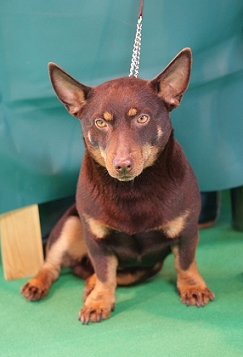
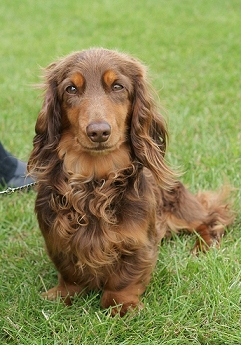
Liver with traditional tan markings (bbatat). The Australian Shepherd also has white markings
in the trim / irish spotting pattern. Note how the tan markings are still a rich shade, as liver affects the eumelanin in the coat only and tan markings consist of phaeomelanin (a different type of pigment).

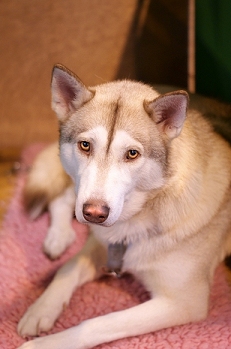
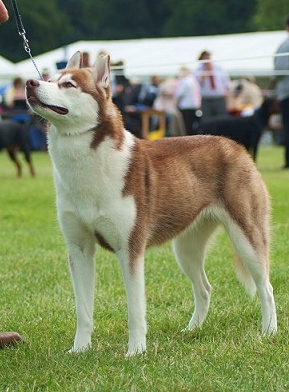

Liver grizzle/agouti. With the red/tan in the coat turned to white by the Intensity locus, these dogs are left with
just liver shading (tipping/banding) on white.

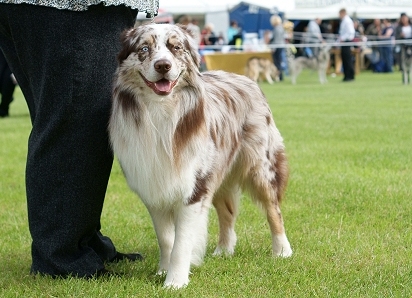
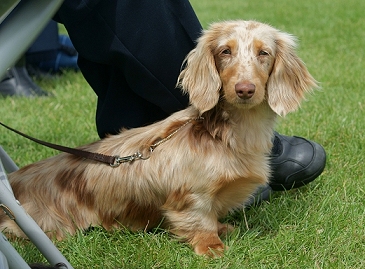
Liver merles (bbMm), with tan points (atat). Liver merles can appear quite pale, like the Aussie above, however the patches will remain a deep brown.

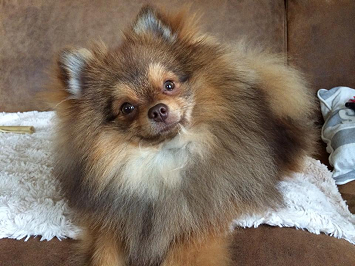
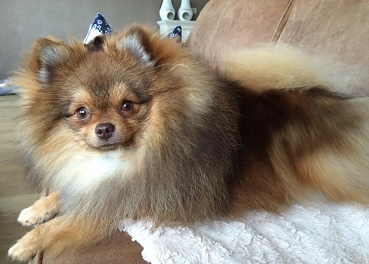
Liver sable (Ay). Yuno here is a heavily shaded sable, and all of her shading has been turned to liver. Photos submitted by Theresa van der Meulen.

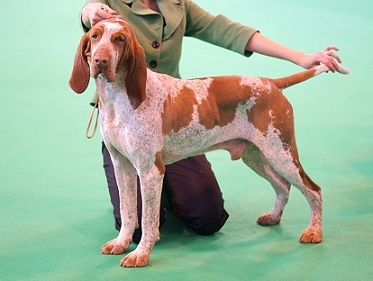
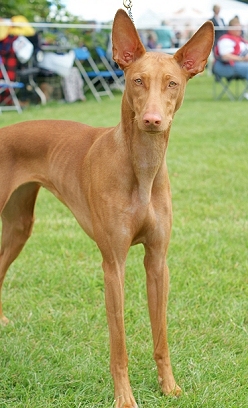
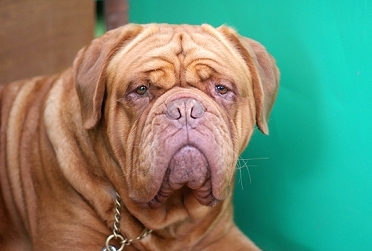
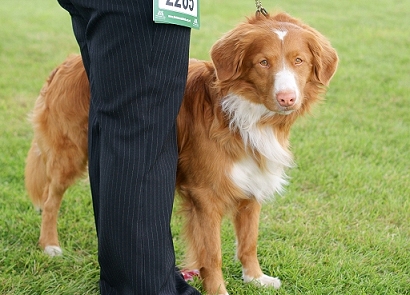
Red (phaeomelanin) dogs with liver pigment. All of these dogs are either liver sables (bbAyAy) or recessive reds with liver pigment (bbee).

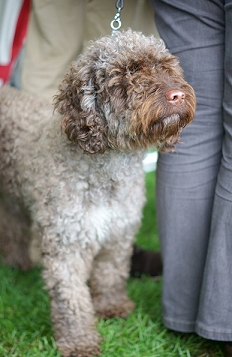
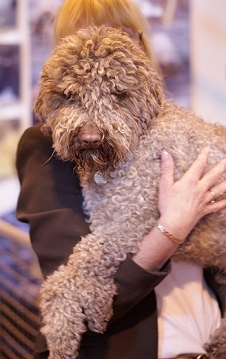
Liver with the greying gene. These dogs will have been born deep brown, but the coat lightens as they age. As adults they may look similar to an isabella/lilac dog (see below), but the true colour can be seen at birth or if the coat is shaved.

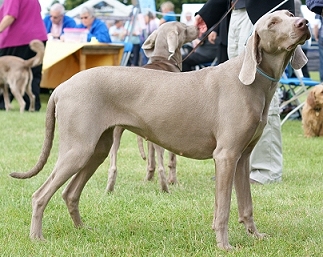


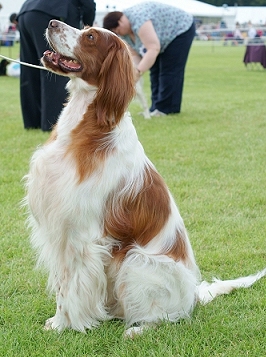

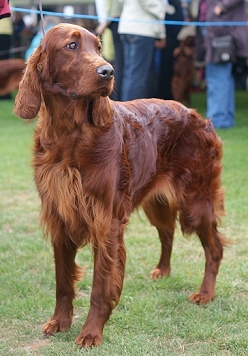
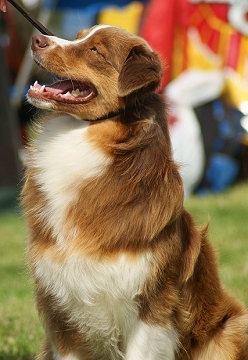
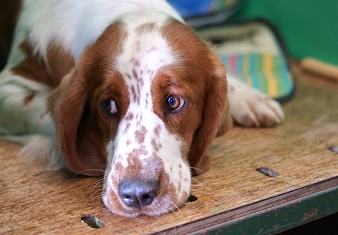
All of the gundogs above show a deep red colouration (almost certainly recessive red, ee), but none are liver.
The Aussie has a very similar reddish coat, but in fact this dog is a true liver (bb), showing just how difficult it can
sometimes be to tell liver and red apart. In general, liver is duller and more chocolatey than red, but it seems there are exceptions. It's possible that sun-bleaching/bronzing has occurred on this Aussie's coat, making the liver colour lighter than usual.

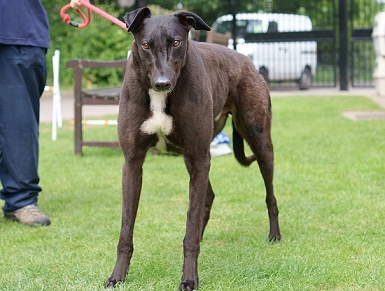
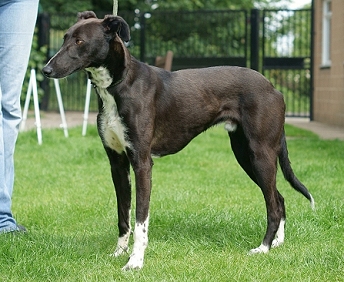
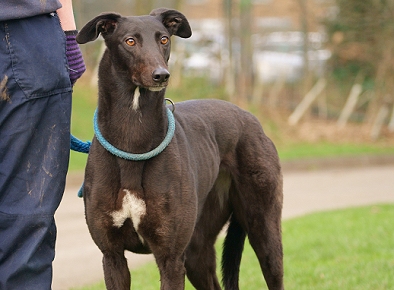
These three greyhounds and lurchers show either seal or extensive bronzing. Sometimes seal dogs can be so light-coloured that they appear almost liver. However, notice how their noses remain black. Technically liver dogs can be seal too, and would probably appear lighter than a normal liver, with more variation in tones across the coat.
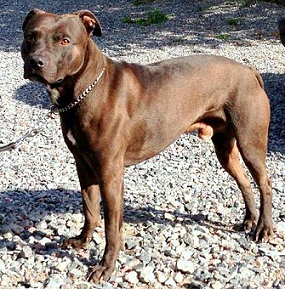
Picture submitted by Karoliina Kalanti
This dog is a particularly brownish black seal, and here it looks almost like a liver. However, if you compare to the true liver dogs further up this page, the difference becomes more obvious.


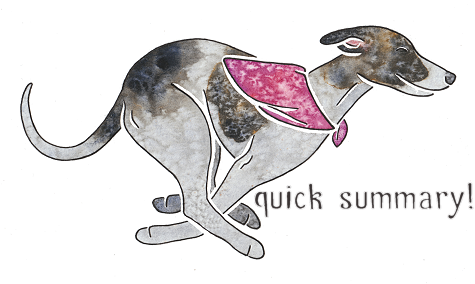
No time to read the whole thing? Here's the quick version!
Liver also affects the eyes and the nose. The nose will become brown and the eyes amber or copper.

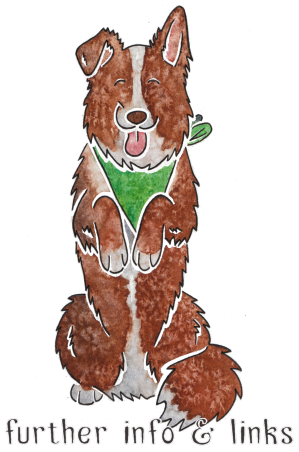
The existence of different versions of the b allele in dogs implies that the mutation may have occurred separately a number of times. Interestingly, all of the b alleles are noticeably absent from certain groups of dogs, mainly primitive types - most Asian breeds and sighthounds do not come in liver.
TYRP1 and MC1R genotypes and their effects on coat color in dogs: http://www.ncbi.nlm.nih.gov/pubmed/12140685
The color of a Dalmatian's spots: Linkage evidence to support the TYRP1 gene: http://www.biomedcentral.com/1746-6148/1/1
Tyrosinase and Tyrosinase Related Protein 1 Alleles Specify Domestic Cat Coat Color Phenotypes of the albino
and brown Loci: http://www.alliot.fr/BIO/PDF/289.full.pdf
A 6-bp deletion in the TYRP1 gene causes the brown colouration phenotype in Chinese indigenous pigs: http://www.nature.com/hdy/journal/v106/n5/full/hdy2010129a.html

